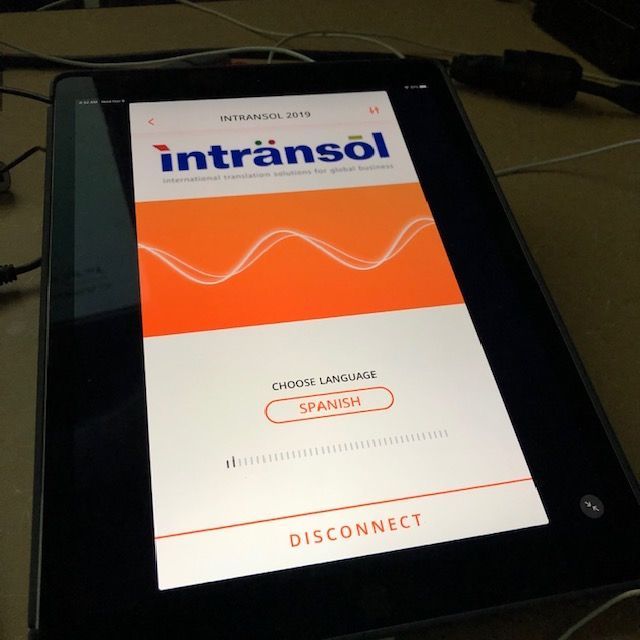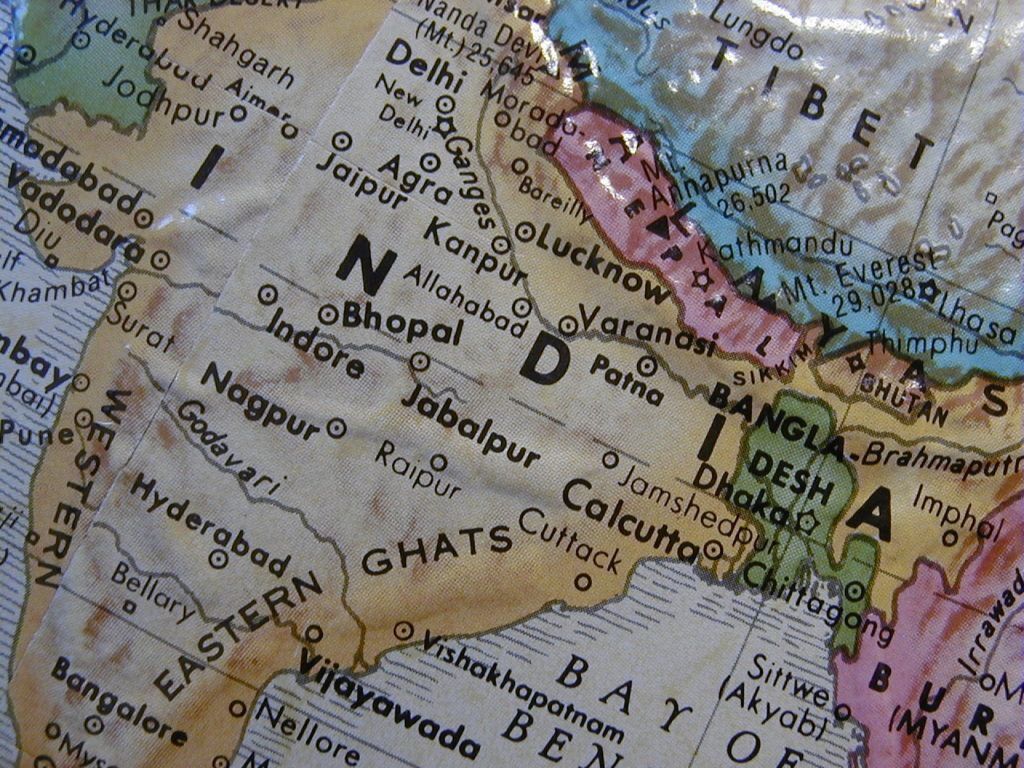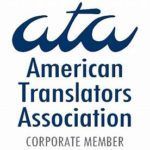Demystifying Localization
We’ve all heard the buzzwords and felt the excitement when people begin talking of “going global”, but what does all of this really mean? What are the issues facing the documentation manager or international marketing manager who is handed the task of localizing content, software and supporting documentation? For anyone who is trying to sell their products overseas for the first time, the prospect of localization can be daunting. However, with the international software market booming, it makes sense for companies with a viable overseas market share to seriously consider localizing their products.
What does the term “localization” even mean?
Localization is the adaptation of a product or service to meet the needs of a particular language, culture or desired population’s “look-and-feel.” Just about anything written can be localized – user manuals, product instructions, packaging, websites, software, etc.
Localizing software and apps
The first and most important step in preparing your software for the international market is to identify the modules that will need to be localized. For any standard piece of software, this includes the user interface, the help screens and any documentation that goes along with them (the user manual, registration cards, license agreements, etc.). Once this has been determined, you need to consult with your programmers and architects to see if your software has been internationalized. Internationalized software has been written so that certain elements such as the date and time format and sorting requirements can change to fit foreign market standards. Software that is being localized for the Asian markets will also need to be double-byte enabled. Enabling your software means giving each character two bytes of space so that it can handle the Asian language character set rather than one byte of space which is all that is needed for Western languages. If you know an upcoming project will eventually need to be localized, making these items a prerequisite for your programmers will save you time and expense later on.
Getting started
After you have chosen a localization vendor, together you will need to establish a glossary of terms to ensure consistency in translation of specialized terms not only for the project you are working on, but for any future updates or new products you may be developing. There may be several translation teams working on your project at once. Having a glossary established ensures that terms are translated the same in all modules and won’t end up as a mixed up jumble of terms that is difficult for the end user to understand. This is also the best time to bring your foreign distributors into the loop so that they can review and approve the glossary before translation begins and save you the hassles of misunderstandings and mistranslations later on.
Are we there yet?
Depending on the size of your product and your time schedule, the software localization process can take anywhere from a few weeks to several months, but this is where all of your preparation pays off. The more comprehensive your glossary is, the more quickly and seamlessly the localization process will be. Once the translation is complete the software and help will need to go into the testing or engineering phase. This step is to ensure that the software works like the English version. Your engineering team will be looking for issues such as whether or not the new text fits into the dialog boxes, if the hot keys are working properly and if the links in the help all go where they are supposed to. Any problems will be resolved at this point to make sure that the translated version of your software looks and works as well as the English version. While this is being done, our multilingual desktop publishing team can get to work on the documentation, arranging the fit and flow of the text as well as placing the new screen shots from the translated version of the software.
Once again, this is a great time to bring in your foreign distributors or any in-house localization specialists to review the translated version of the program and to make any suggestions for changes that they feel are appropriate.
Localizing software, apps or products has many different components to keep track of. The most important rule of thumb to keep in mind during the localization process is communication. Keeping everyone involved, from your localization vendor to your foreign distributor to your printing house is the best means for reaping the rewards of growth in global markets.
By Meagan O’Connell
Project Manager

The post Demystifying Localization appeared first on intransol.

















































